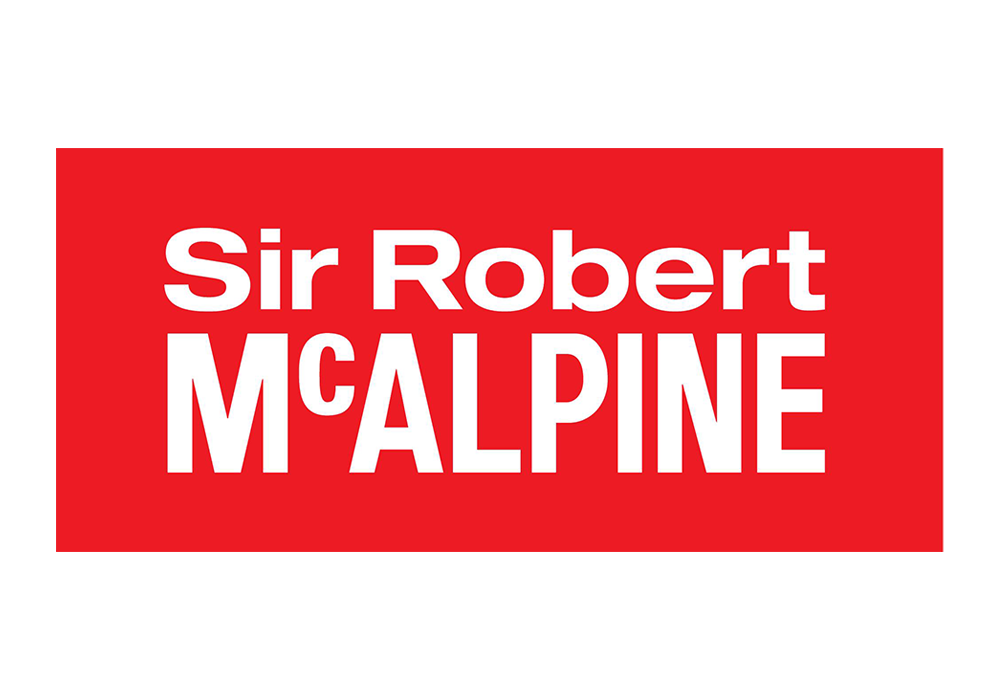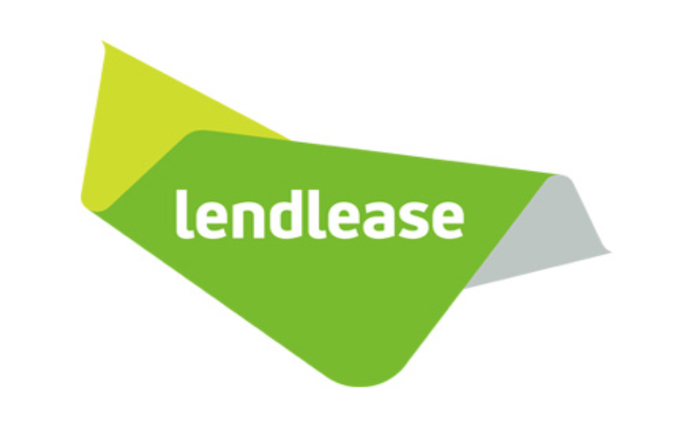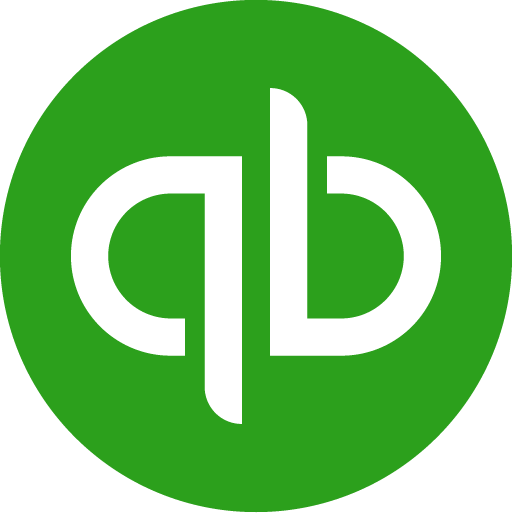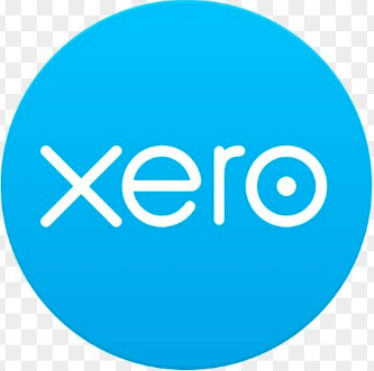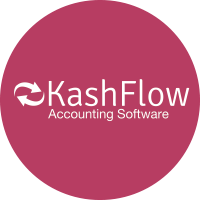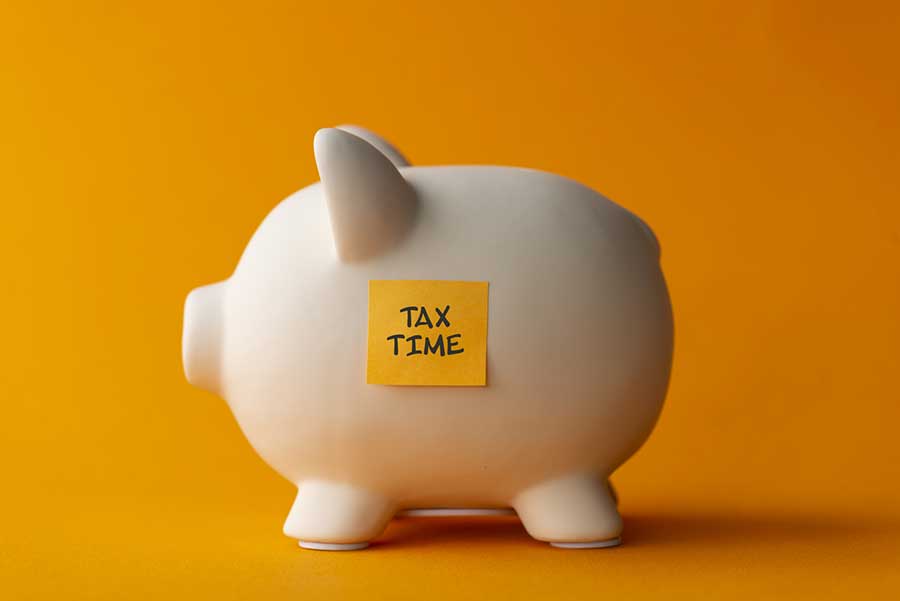
Yesterday the government announced tax changes to fund £12 billion a year to be spent on the NHS and social care across the UK.
These changes will impact most people’s income and with a little over six months until this high tax environment comes into effect, it is essential you implement the correct planning now to mitigate the worst of these changes.
In summary we are informed National Insurance contributions (NICs) will increase by 1.25% for one year only for employees, employers and the self-employed from April 2022. This will cover both Class 1 (employee and employer), Class 1A and 1B and Class 4 (self-employed) NICs. Those above State Pension Age are not impacted by the April 2022 changes.
From April 2023, a new ringfenced Health and Social Care Levy of 1.25% will be introduced which will apply to those who pay Class 1 (employee and employer), Class 1A and 1B and Class 4 (self-employed) NICs and will also be extended to those over State Pension age who are in work. When the new levy comes into effect, National Insurance rates will revert back to current levels.
The levy will also apply to individuals above State Pension age with employment income or profits from self-employment above £9,568.
Like National Insurance, levy contributions will apply UK-wide, people will pay the same in England, Scotland, Wales and Northern Ireland.
A little known, but wide reaching tax hike also mentioned was the increase by 1.25% from April 2022 the rate of income tax which is paid by people who receive dividend income from shares.
If you are a company Director, Shareholder, High Net Wealth individual, or indeed self-employed, it is essential you plan for these changes. Is your Accountant capable of navigating you through the most arduous tax regime since the second world war!




